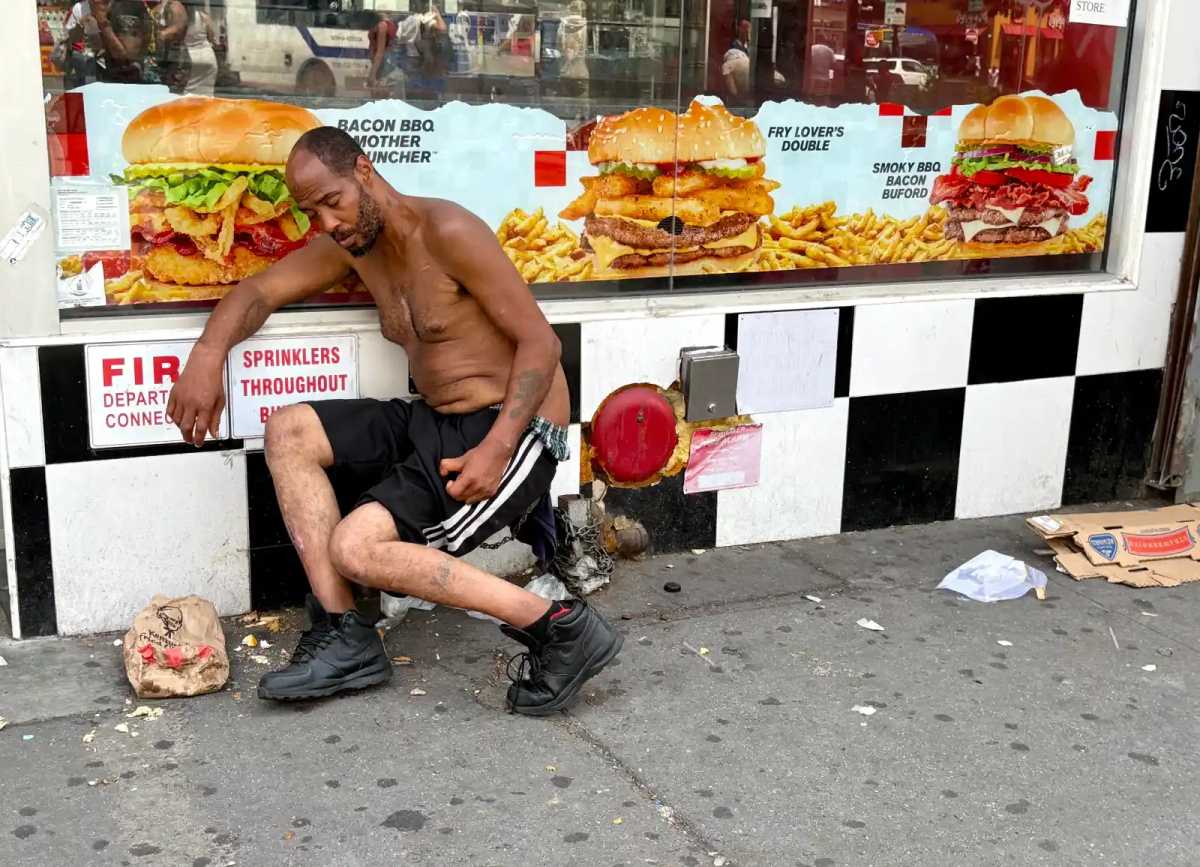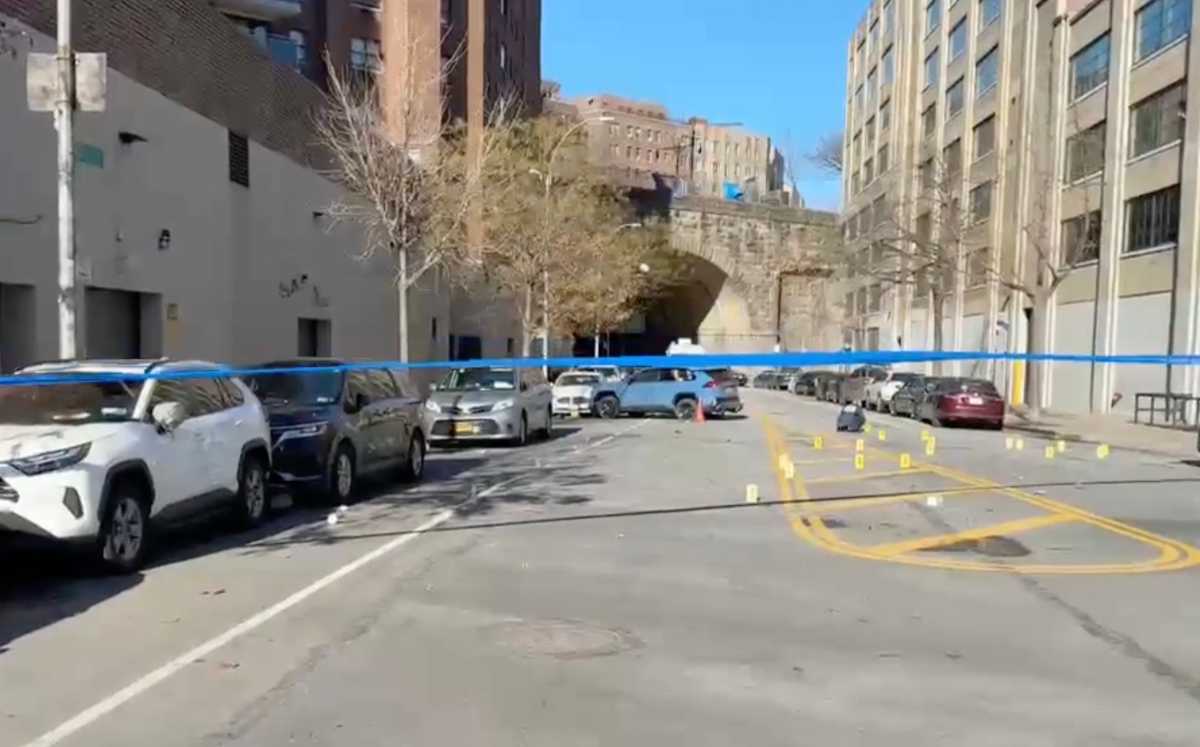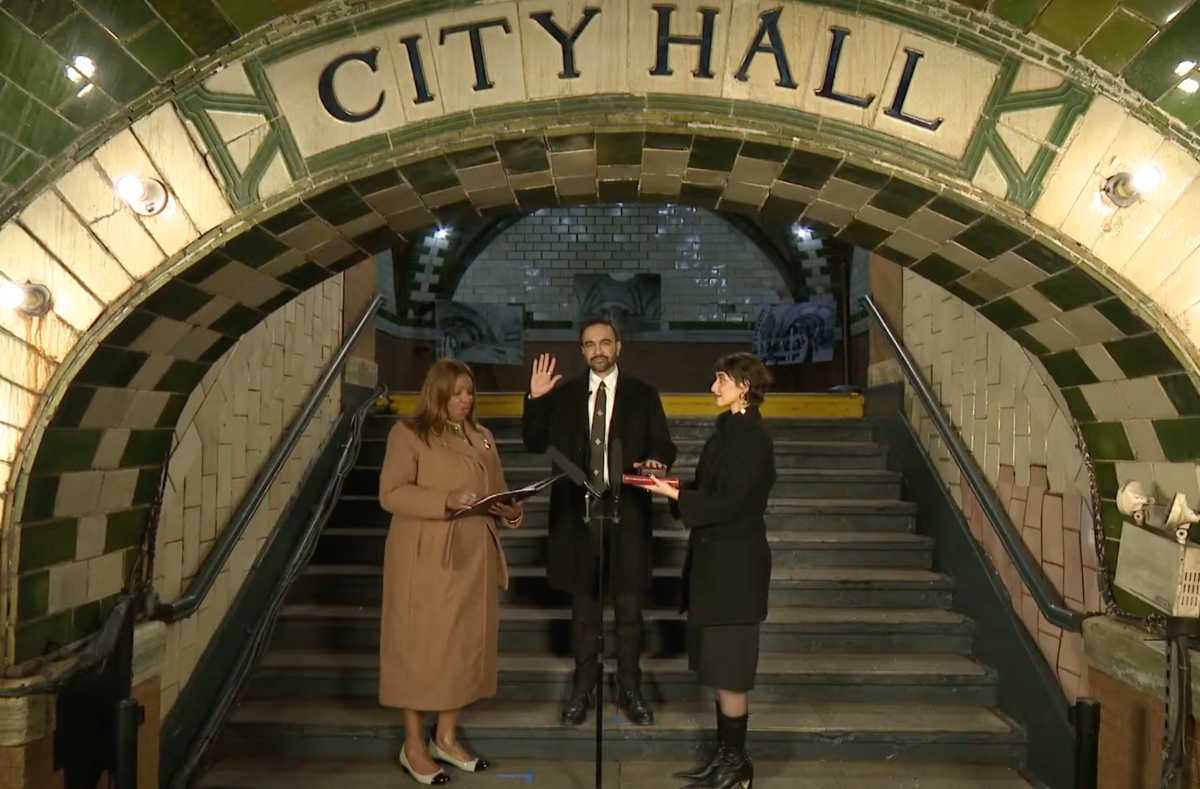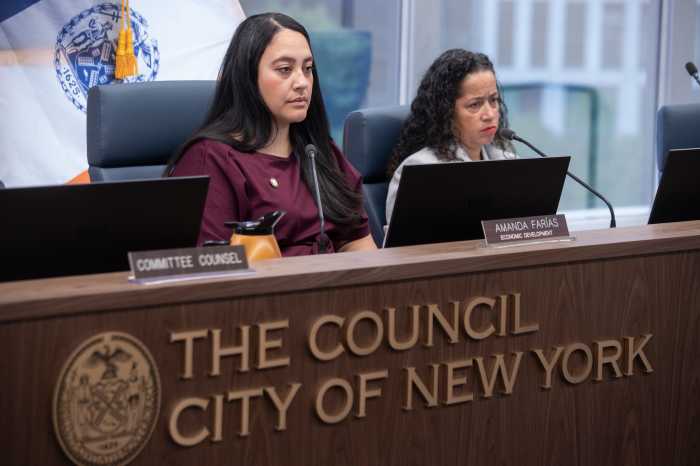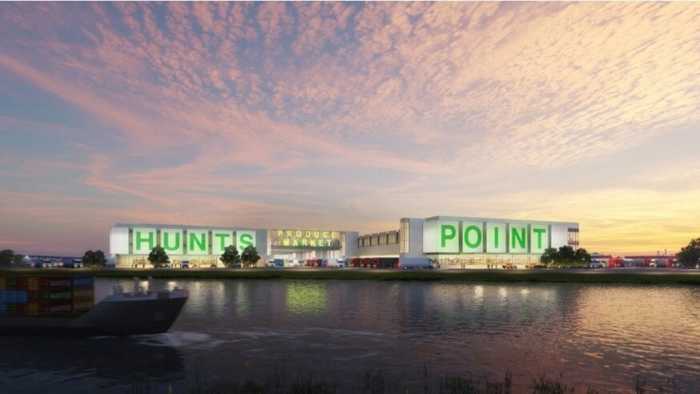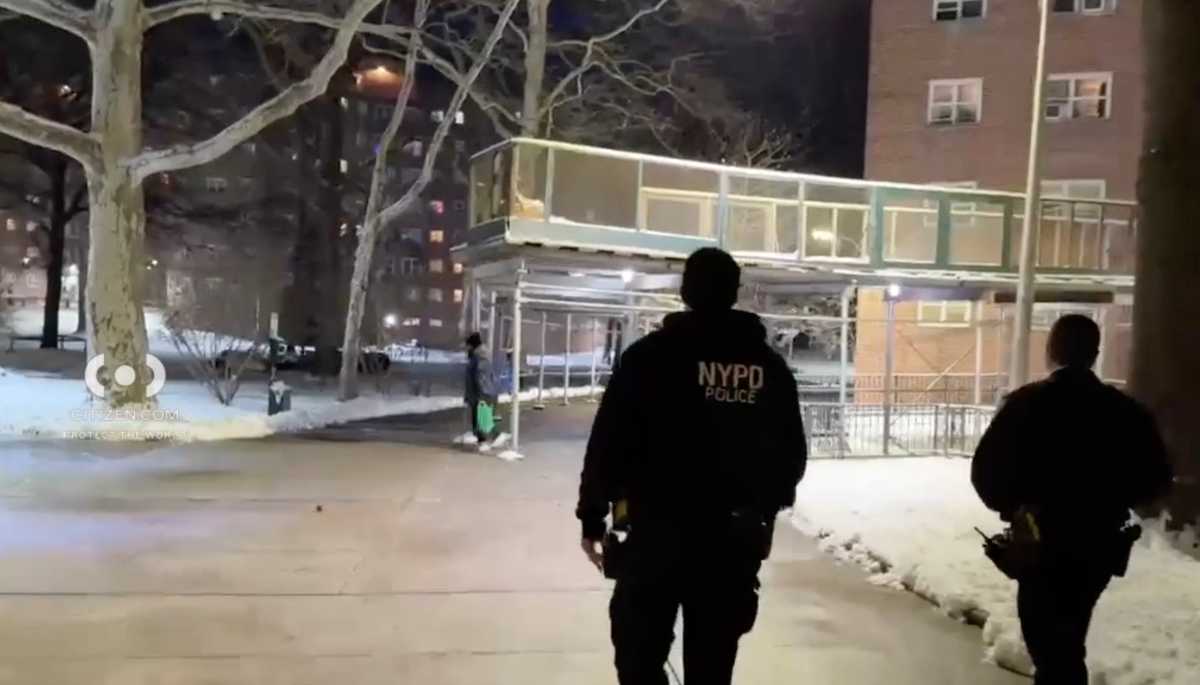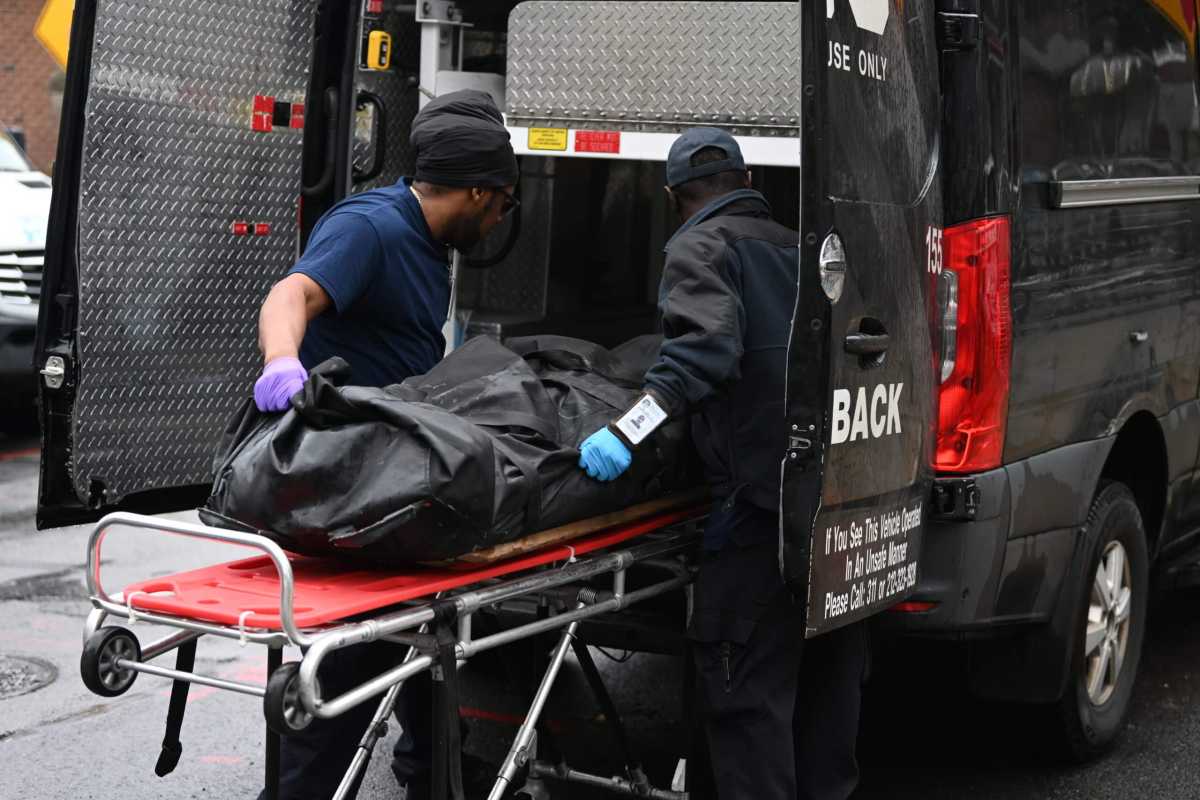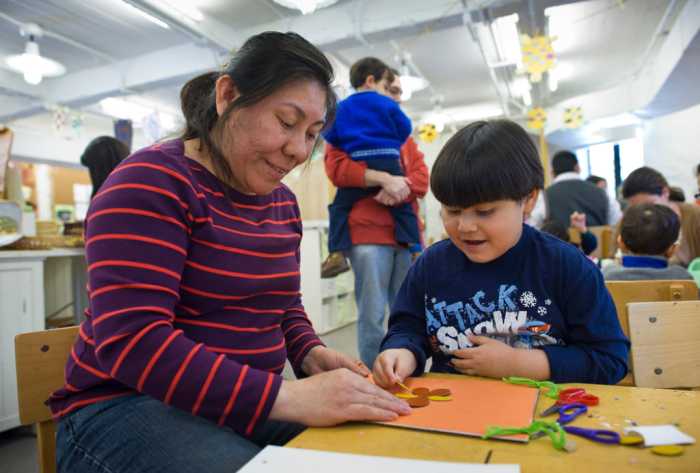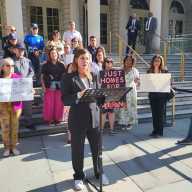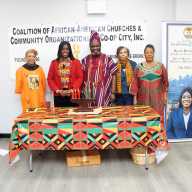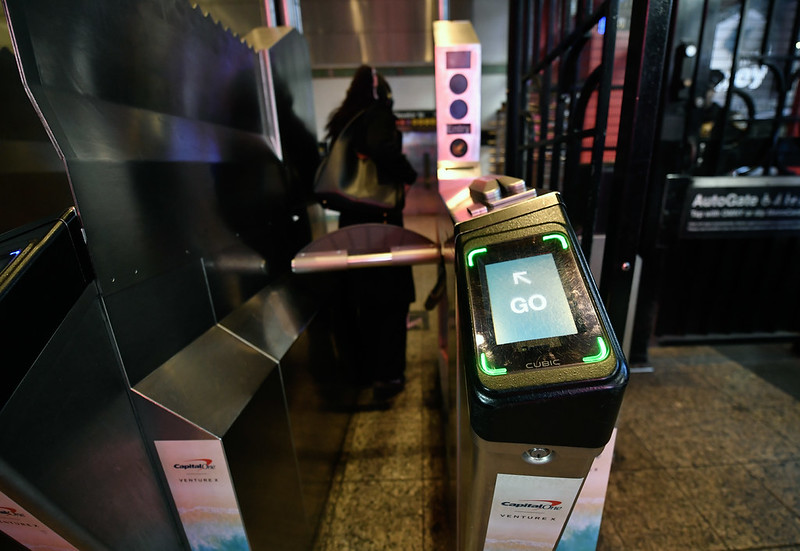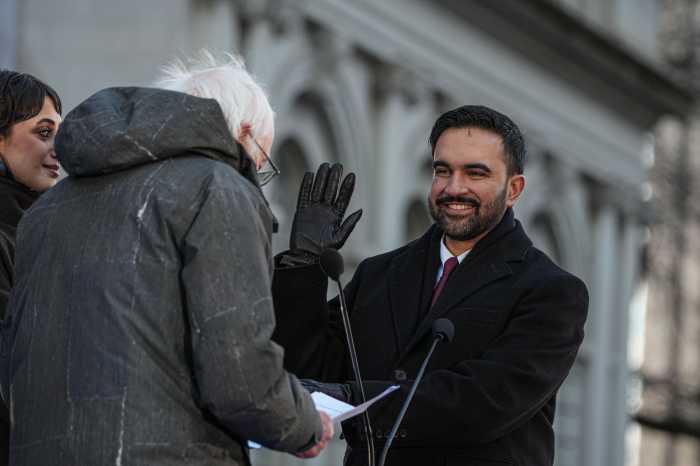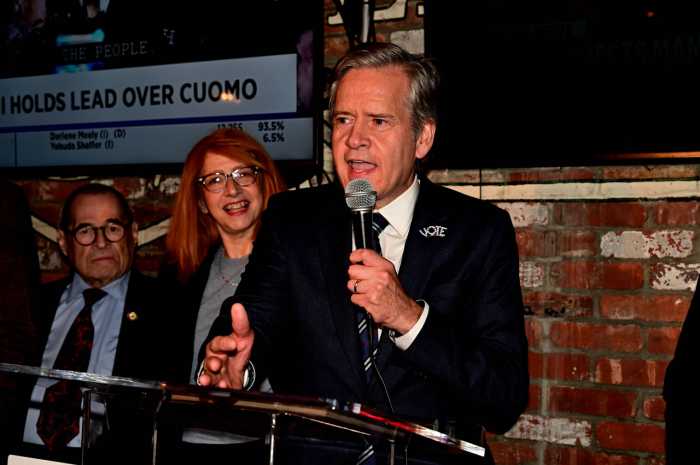It’s been nearly a month since the NYPD and the Department of Sanitation DSNY cordoned off and cleared Roberto Clemente Plaza in the South Bronx— now residents and elected officials from around the commercial corridor known as The Hub are questioning the effectiveness of the city’s efforts to transform the area from an open-air drug market into a thriving public space.
U.S. Rep. Ritchie Torres penned a letter to Mayor Eric Adams Monday, congratulating the city on vastly improving the visible conditions of the Hub, but urging the administration to be more proactive in addressing the root causes of drug addiction and mental illness in the population formerly languishing in the Hub.
“Without individualized intervention at the most granular level, the City will find itself in a never-ending game of whack-a-mole, merely relocating rather than resolving the conditions that give rise to open-air drug trafficking in the South Bronx,” Torres said in the letter.
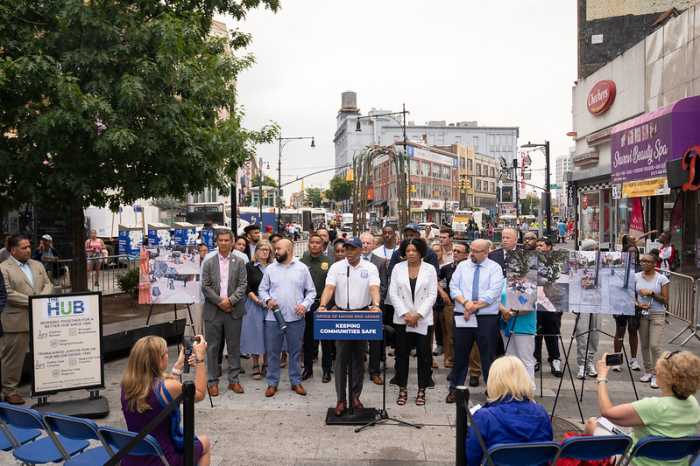
But a spokesperson for Mayor Adams said the city is following through with its promise to address the addiction issues in the Hub, noting that it developed partnerships with four community organizations that provide syringe clean up and engage individuals in need of services, offering referrals for care six days a week.
“The Adams administration is committed to keeping New Yorkers safe and healthy through real, lasting solutions,” a City Hall spokesperson said. “That is why, at The Hub in the South Bronx, our administration didn’t just clean up the streets and crack down on illegal vending — we surged critical resources to connect New Yorkers battling addiction and homelessness directly to health care, shelter, and support services.”
People near The Hub say city isn’t helping
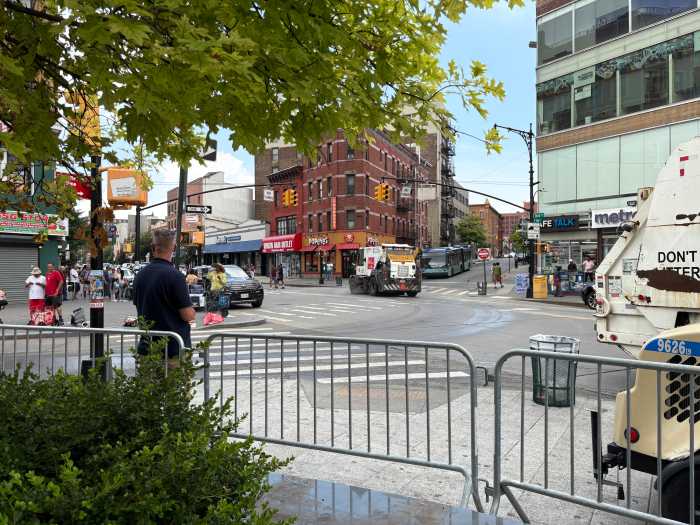
People on the ground at the Hub told the Bronx Times that they’re not feeling the city’s efforts.
Pablo Allende is 58 and used to sit in the plaza after he picked up his medication from Samaritan Daytop Village. Now he says he isn’t allowed to sit anywhere longer than 20 minutes, even if he is eating a sandwich purchased from the deli, but he said he hasn’t been offered anywhere else to go instead.
“ They don’t offer us nothing,” Allende said. “There’s no flyers, there’s no information, there’s no kind of help whatsoever. Only the church people come and give us food.”
Allende told the Bronx Times, “The needle exchange comes.”
Those who live in the neighborhood say they’ve seen the people who used drugs in Roberto Clemente Plaza simply move to another part of the street. One woman who has lived in the neighborhood for eight years and asked not to be identified, told the Bronx Times that she had seen four ambulances come to the area that day.
“ They took a gunshot wound and put a Band-aid on it, but that leaking is still happening everywhere, and that person’s still gonna die,” she said.
She said that she sees the difference when she travels to other boroughs.
“ They don’t do nothing for these people, man, it’s sad,” she said. “When you go 20 minutes into Manhattan, you see it’s night and day. When you go into Queens, it’s night and day.”
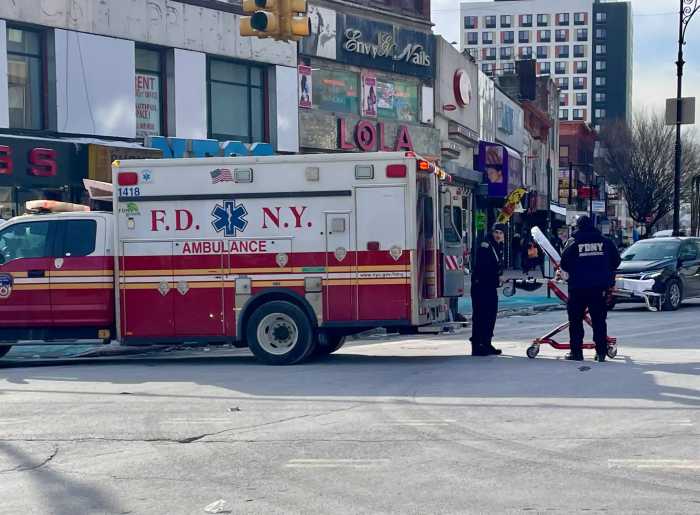
City urges patience
City Hall encouraged patience from both the people in the neighborhood and Torres.
“As Congressman Torres knows, progress on this crucial work doesn’t happen overnight, and our teams are at The Hub every single day doing the hard, life-changing work,” said a City Hall spokesperson. “This is what it takes to keep New Yorkers truly safe and healthy — and we’re not letting up.”
But Lenor, a longtime resident of the neighborhood who has frequented Roberto Clemente Plaza and is known affectionately as “Ma” to many of the people in the area, knows that some people don’t have that kind of time. Her son, who was addicted to drugs, died in the streets of the Hub, according to Lenor and Allende.
They both said that a woman died sitting next to Lenor on a bench two weeks ago.
“ She died sitting on the bench and they [NYPD] told her to move,” Allende said. “That’s how they found out she was dead, because they told her to move. They asked her to move and that’s how they found out she was dead— literally dead.”
Allende said that when people from the area do get the help they need, its not because of the city. He told the Bronx Times that there are a lot of people who use drugs in the area who would accept treatment if it were offered.
“ People would go,” he said. “They talk about it. They say, ‘Well, what can we do?’ There are people that’s asking for it. We network amongst each other.”
However, Allende said, “a lot of people don’t know the intake process.”
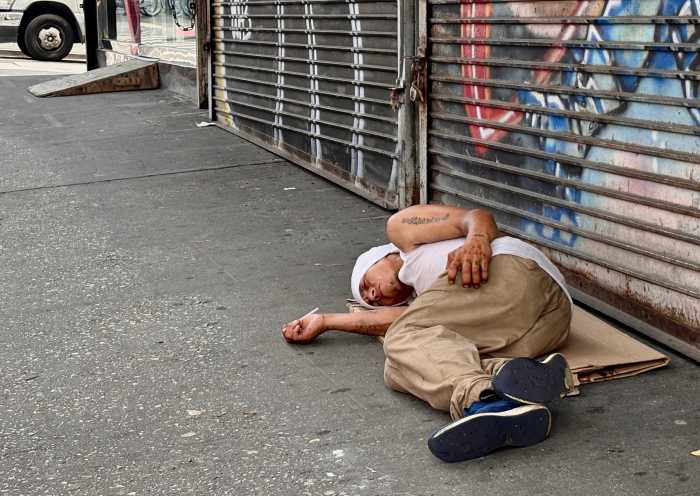
St. Ann’s Corner of Harm Reduction (SACHR), a local grassroots drug user health hub that serves the area, told the Bronx Times that since the crackdown on the Hub, they have not seen any uptick in services beyond the initial actions from the city, which “scattered” community members to surrounding areas.
Steven Hernandez, Chief Operating Officer of SACHR told the Bronx Times via email that the organization is waiting on the city to “enhance the work we are already doing in the hub in collaboration with the DOH.”
“Notably, we are awaiting the release of Opioid Settlement Dollars from City Hall that are specifically meant to address this challenge, but have not seen any movement,” Hernandez said.
Torres told City Hall in his letter Monday that his team met with another local service provider, Samaritan Daytop Village, following the cleanup at Roberto Clemente Plaza. The letter said that Samaritan Daytop Village estimated it encountered around 200 unique individuals from the Hub each month.
The South Bronx Congressman challenged the City to determine who needs assistance, assess what care they are receiving, and follow up on their health outcomes.
“The crisis at the Hub is, at its core, a public health emergency,” Torres said in the letter. “And public health at the Hub is best addressed one person at a time.”

